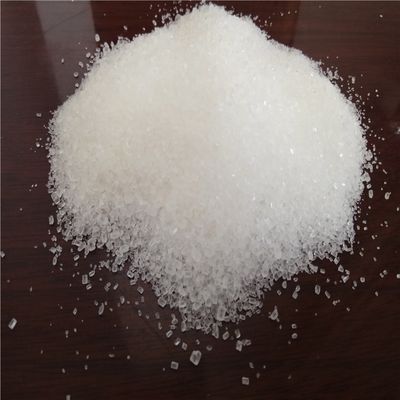
Spray Grade AMS Tank Water Conditioner
Join us for a quick conversation to answer any questions about spray water conditioning
Free30 min
Online meeting via Ringcentral - https://v.ringcentral.com/join/165921668
Ammonium Sulfate as Water Conditioner for Herbicides
Water Soluble Ammonium Sulphate goes for around $35.00 / 25 kg bag, depending on the time of year.
Contains:
21 % Nitrogen
24 % Sulfur
Apply 85 - 170 lbs per 1000 gallons
Contact for bulk pricing in 1 MT sacks.
Typical cost per use is $0.55 - $1.10 per acre. (Water hardness dependent)
Sold in either 25 kg bags or 1000 kg mini bulk sacks. Prices do not include freight. Product is sold FOB Maple Ridge, BC.
Ammonium Sulfate for Herbicide Spray Water Conditioning
Ammonium sulfate (AMS) is commonly used in herbicide applications to improve efficacy by conditioning spray water. It reduces the interference of hard water ions, such as calcium and magnesium, which can bind with herbicides and decrease their effectiveness. By adding AMS, these ions are neutralized, allowing the herbicide to penetrate weeds more efficiently.
The broadcast form of ammonium sulfate (AMS), particularly in its granular or crystalline "fines" form, is generally designed for soil application rather than tank mixing with herbicides. One of the key issues with this form is that it often contains insoluble particles and impurities that are not fully refined for dissolution in water. These fines can carry dust, debris, and other contaminants, making them "dirtier" compared to the highly refined soluble forms used for herbicide spray conditioning.
When used in spray tanks, the broadcast form's impurities and insoluble particles can cause several problems:
Clogged Nozzles and Filters: The presence of undissolved particles in the spray solution can easily clog the fine nozzles and filters in herbicide spray equipment. This leads to uneven spray patterns or complete blockage, reducing the effectiveness of herbicide application and potentially damaging equipment.
Inconsistent Herbicide Coverage: Since these particles don't dissolve fully, they can settle at the bottom of the tank, leading to inconsistent herbicide-to-water ratios. This can reduce herbicide efficacy, resulting in patchy weed control.
Downtime for Cleaning and Maintenance: When clogs occur, field operators must stop spraying to clean out equipment, replace filters, and troubleshoot blockages. This causes delays in the field, increasing labor and operational costs.
Longer Mixing Times: Broadcast AMS takes longer to dissolve, if at all, in water compared to soluble forms. This can slow down the tank-mixing process, requiring more agitation and often leaving residual solids that cannot be fully dissolved, further complicating spray operations.
Using broadcast AMS in herbicide spray solutions is not recommended due to these issues, and it can impact the efficiency and precision of herbicide applications in the field. Soluble AMS is designed to avoid these problems, dissolving cleanly and quickly without leaving harmful residues.




